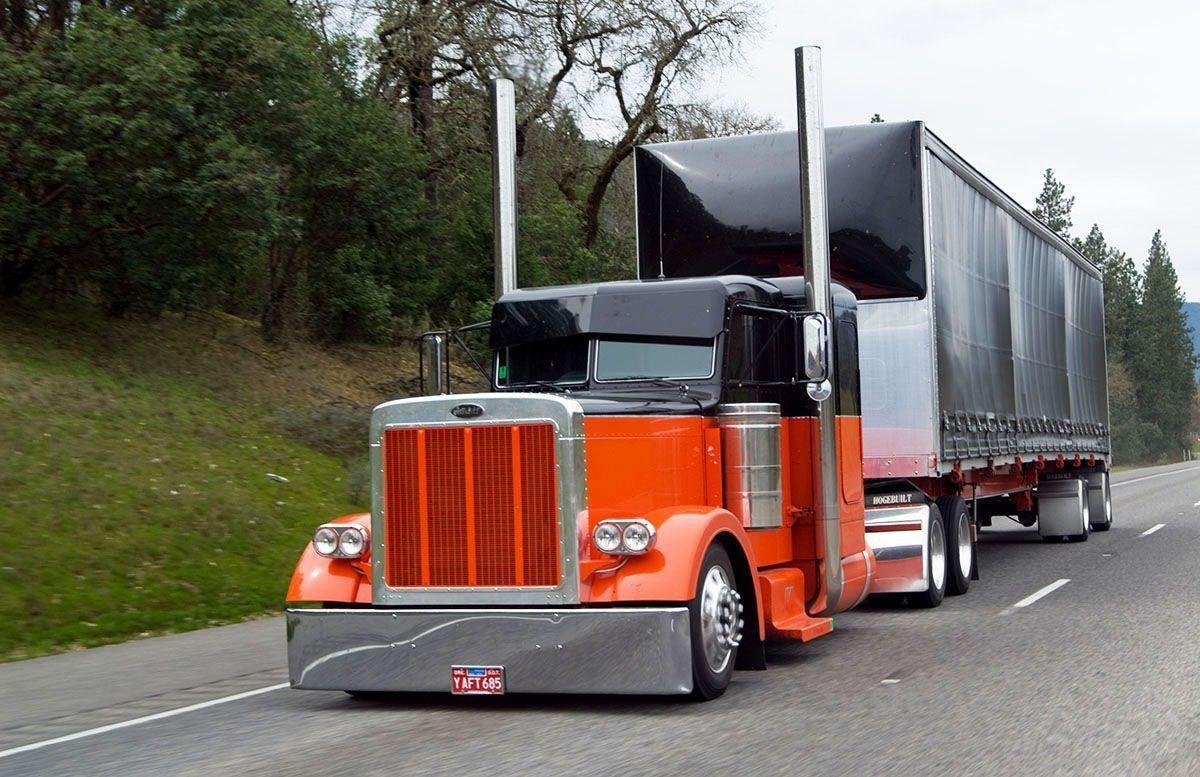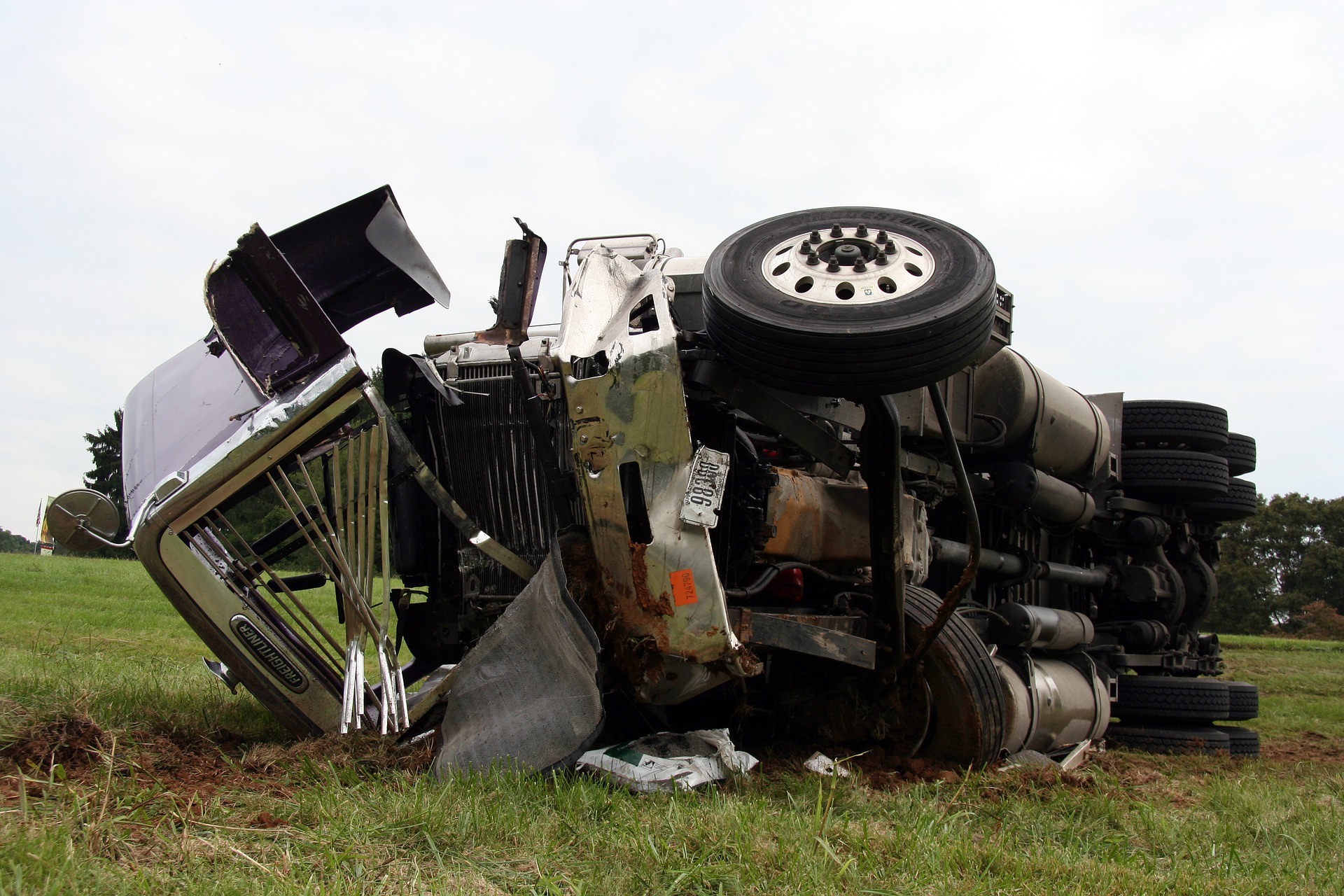

I. Introduction
In the vast world of transportation, 18-Wheeler accidents significantly contribute to catastrophic outcomes. According to the Federal Motor Carrier Safety Administration, these accidents result in thousands of fatalities and injuries each year. The aftermath of such incidents can have far-reaching implications:
- Severe physical injuries
- Loss of life
- Significant medical expenses
- Long-term financial and emotional impact
Overview of 18-Wheeler Accidents and their impact
Accidents involving 18-Wheelers often lead to tragic consequences due to the sheer size and weight of these vehicles. Understanding the risks and repercussions is key to advocating for safer roads.
II. Common Injuries in 18-Wheeler Accidents
Accidents involving 18-Wheeler trucks often result in serious injuries due to their mass and size compared to typical passenger vehicles. Here are the most common injuries sustained:
Types of injuries sustained in 18-Wheeler accidents
• Traumatic Brain Injuries: They can occur from direct impact or sudden, violent jolting. Brain injuries can have long-term cognitive consequences.
• Spinal Cord Injuries: They can lead to partial or complete paralysis. These injuries require long-term medical care and rehabilitation.
The severity and long-term consequences of these injuries
Long-term consequences of these injuries can extend beyond physical harm to psychological distress and financial strain due to medical bills and lost income. The victims may also experience reduced quality of life.
Stay tuned to understand the cost implications of these accidents.
III. Fatalities in 18-Wheeler Accidents
Accidents involving 18-wheelers, also known as semi-trailer trucks, are unfortunately often fatal due to the sheer size and weight of these vehicles.
Statistics on Deaths Caused by 18-Wheeler Accidents
According to information from the Insurance Institute for Highway Safety (IIHS), in 2022 alone, 10% of all vehicular accident fatalities involved a large truck. Furthermore, a majority of those killed were passengers in other vehicles, pedestrians, or bicyclists, not the truck drivers themselves.
Factors Contributing to Fatal Accidents
Several factors contribute to the high death rate in accidents involving 18-wheelers. These include:
- Size and weight of the truck: Semi-trailer trucks can weigh 20-30 times as much as passenger cars and are taller with greater ground clearance. This can result in smaller vehicles under-riding trucks in crashes.
- Truck braking capability: Loaded tractor-trailers take 20-40% farther than cars to stop, and the discrepancy is greater on wet and slippery roads or with poorly maintained brakes.
- Truck driver fatigue: This is a known crash risk, as hours-of-service regulations allow truck drivers to drive up to 11 hours at a stretch. Surveys suggest that many drivers violate these regulations and work longer than permitted, resulting in fatigued driving.
In the next section, we’ll delve into the long-term costs associated with these catastrophic incidents.
IV. Long-Term Costs Associated with 18-Wheeler Accidents
Tragic 18-wheeler accidents can catapult victims and their families into an unanticipated realm of distress, both physically and financially. Among the many challenges that arise post-accident, the enduring financial implications can, over time, prove to be equally devastating, if not more so.
Financial burden of medical treatment and rehabilitation
The aftermath of an 18-wheeler accident can often lead to severe injuries necessitating extensive medical care. The cumulative costs of emergency care, hospital stays, surgeries, medication, physiotherapy, and rehabilitation can skyrocket into thousands or even millions of dollars.
Lost wages and potential loss of earning capacity
The long-term impacts don’t end with treatment costs. Victims often have to deal with the loss of income due to their inability to return to work during recovery. In severe cases, victims may face a loss of earning capacity, adding to the growing pile of financial hardships.
Understanding these long-term costs can offer insight into just how burdensome and lasting 18-wheeler accidents can be for victims and their families.

V. Legal Consequences of 18-Wheeler Accidents
When it comes to 18-Wheeler accidents, the legal consequences can be hefty.
Lawsuits and legal actions that can be taken against negligence
The victims of these accidents often suffer severe injuries or loss, leading them to take legal actions. These actions require demonstrating negligence on part of the driver or the company which is often a complex process.
Liability and compensation in 18-Wheeler accident cases
The liable party in an accident can vary, leading to complexity in terms of collecting compensation. It can range from the driver, trucking company, broker, to even a manufacturer of truck parts. The compensation can cover medical expenses, loss of income, property damage etc.
VI. Preventive Measures for 18-Wheeler Accidents
Ways to mitigate the risk of 18-Wheeler accidents
Preventing 18-Wheeler accidents requires effort from both the drivers and trucking companies. Regular maintenance checks for the vehicles, proper training of drivers, strict obedience to traffic rules are just a few measures that can significantly reduce the risk of such accidents.
Government regulations and safety standards
Government bodies like the Federal Motor Carrier Safety Administration have set several regulations and safety standards. Adherence to these is mandatory and can greatly reduce risk factors.
VII. The Role of Insurance in 18-Wheeler Accidents
Insurance plays a crucial role in handling the aftermath of 18-wheeler accidents. It can help cover the medical bills, property damage, and other considerable expenses that may arise. Let’s dive into the specifics of insurance coverage and the requirements in commercial trucking.
Insurance coverage and claims in 18-Wheeler accidents
Insurance claims after an 18-wheeler accident can be complex due to the high costs associated with these accidents.
Requirements for commercial trucking insurance
Commercial trucking insurance is required by law, with minimum coverage amounts determined by the weight of the truck and freight.
VIII. Case Studies: Noteworthy 18-Wheeler Accident Cases
Examining real-life examples of 18-Wheeler accidents and their consequences
Reviewing real-life cases provides an understanding of the devastating impact of 18-wheeler accidents. These cases highlight the harsh reality of personal injuries, fatalities, and long-term financial burdens that victims and their families often face. Here are some notable cases:
- Case A: In a tragic collision involving an 18-wheeler and a passenger car, multiple fatalities were reported. This emphasizes the grave risk in these encounters.
- Case B: A case where the driver walked away with life-altering injuries, showcasing the severe physical impact.
- Case C: This case reflects the hefty financial implications, with the victim’s family burdened with extensive medical bills and loss of income.
Each of these incidents underscores the critical nature of this issue.

IX. Conclusion
To conclude, the risks and consequences of 18-wheeler accidents are immense, ranging from physical injuries, loss of life, to long-term financial costs. It’s a reminder of the importance of safety measures and raising awareness around safe driving.
Reiterating the risks and consequences of 18-Wheeler accidents
Despite the numerous safety regulations in place, 18-wheeler accidents remain a significant concern on the roads due to the severe risks and consequences they pose.
Importance of safety measures and awareness
Stressing on the importance of safety measures, it’s vital for every individual on the road to contribute actively towards making it safer for all. Awareness initiatives play a crucial role in reducing the risk of such catastrophic events.


